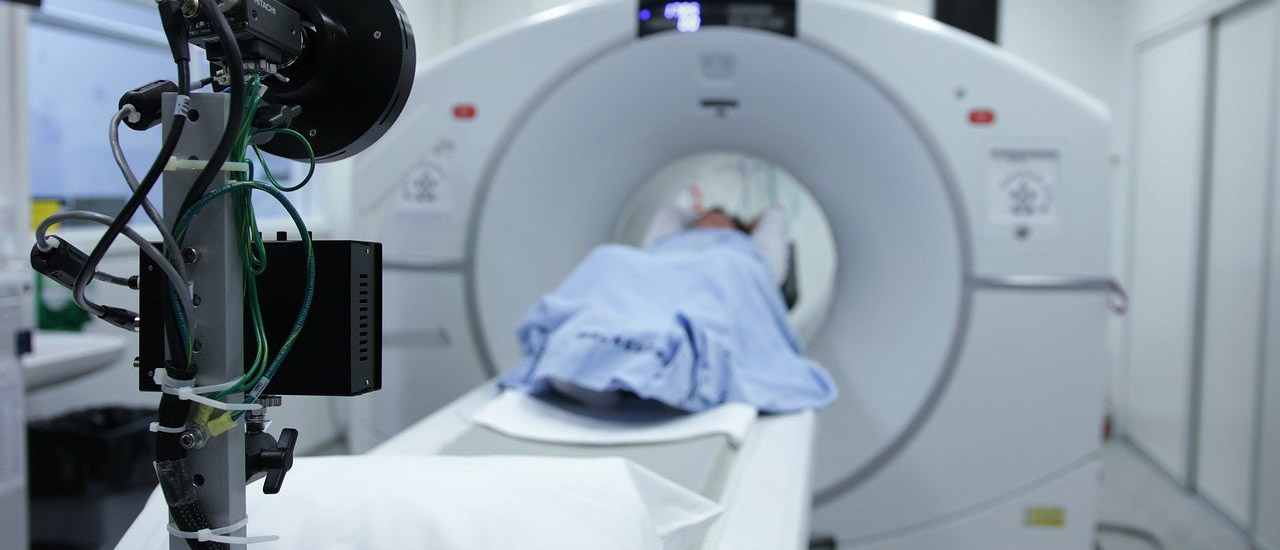
Researchers at Ben-Gurion University of the Negev (BGU) have developed a new artificial intelligence-based method that can protect medical devices such as CT (computed tomography), MRI (magnetic resonance imaging) and ultrasound machines from malicious activity, human error and software bugs.
According to lead BGU researcher Tom Mahler, medical devices controlled by instructions sent from a host PC could be targeted by outside threats that may also harm patients. For example, an abnormal instruction sent out to a CT machine could lead to radiation overexposure for patients, or a manipulation of medical images in the case of MRIs and ultrasound machines.
In the research paper “A Dual-Layer Architecture for the Protection of Medical Devices from Anomalous Instructions,” Mahler presents a technique that uses artificial intelligence (AI) to analyze instructions sent from a host PC to the physical components of medical devices using a new architecture to detect anomalous instructions.
“We developed a dual-layer architecture for the protection of medical devices from anomalous instructions,” Mahler said. “The architecture focuses on detecting two types of anomalous instructions: (1) context-free (CF) anomalous instructions which are unlikely values or instructions such as giving 100x more radiation than typical, and (2) context-sensitive (CS) anomalous instructions, which are normal values or combinations of values, of instruction parameters, but are considered anomalous relative to a particular context, such as mismatching the intended scan type, or mismatching the patient’s age, weight, or potential diagnosis.”
“For example, a normal instruction intended for an adult might be dangerous [anomalous] if applied to an infant,” Mahler added. “Such instructions may be misclassified when using only the first, CF, layer; however, by adding the second, CS, layer, they can now be detected.”
The researchers analyzed their proposed architecture in computed tomography using 8,277 recorded CT instructions, evaluating the context-free (CF) layer by applying 14 unsupervised anomaly detection algorithms. The second phase evaluated the context-sensitive (layer) for four types of clinical objective contexts by using five supervised classification algorithms for each context.